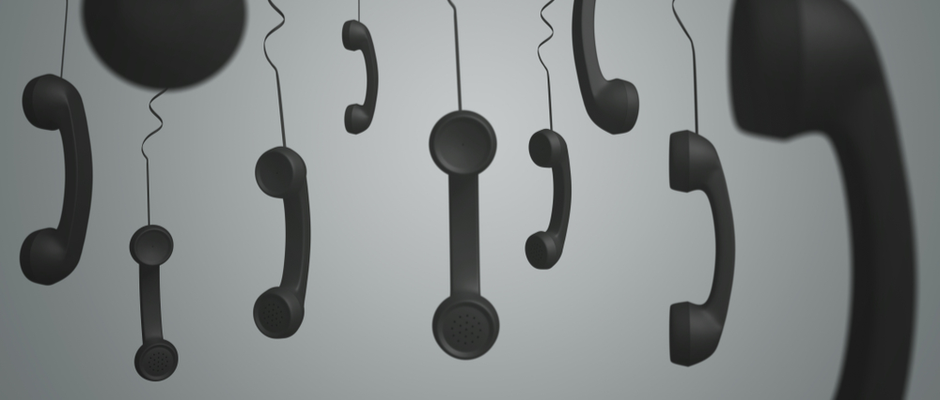Sooner or later, you will have to address difficult issues or situations with your clients—even the genuinely nice, mature, and polite clients. Facing that prospect, you may well feel a sense of dread, your mind creating an endless series of ways the conversation might end badly for you. After ten minutes of panic, you even manage to convince yourself that you’ll probably lose the client.
Avoiding a difficult conversation, either by ducking your client’s calls or wishing a colleague would take the meeting for you, isn’t going to help you successfully navigate the problem. As a salesperson, you are accountable for ensuring your client achieves the outcomes you promised them, even when other people in your company actually deliver those outcomes. Even though your company has a customer service or success function, some issues require you to help your client directly, so be smart about how you prepare.
Having spent decades in an industry plagued by genuinely difficult challenges, I have had hundreds of difficult conversations. Eventually, my need to succeed in these conversations and retain the clients motivated me to prepare better for those meetings. The preparation eliminated the sense of dread and helped me see difficult conversations as just another form of professional development. Whatever industry you work in, preparing and structuring the conversation will provide you with greater confidence, a better strategy, and greater chances of improving your client relationships.

Start with Your Client's Side of the Conversation
A lot of business experts talk about empathy, but they rarely tell you how to do it. Here’s one way. Imagine your client's situation and what problems you and your company might have created for them. Look past the business failure and consider the non-business problems, like their embarrassment at choosing an (apparently) unreliable partner. Your contact might also have to explain the issue to others in their company, piling their colleagues’ fears concerns on top of their own.
Don’t use all of your prep time here, but viewing the issue from the client's side can help you craft a more effective conversation, both in terms of understanding the stakes and predicting what they need from you.
Apologize Even If Your Client Owns Part of the Blame
Start your talk tracks with an apology if the issue harmed your client. Mature businesspeople are used to the problems, challenges, and issues that show up in their world every day. If you know what specific harm the issue caused, apologize (for instance) for "causing you to have to shut down your lines for hours during your peak season," words I have had to say out loud in more than one difficult conversation.
In some cases, your client may share part of the blame for whatever went wrong. But diplomacy is a critical component of your success here. Even though you want to tell them they botched things up, you may find it easier to apologize for not teaching them how to avoid the issue. That approach lets them save face and makes them more receptive to the next step: helping them understand how and why they need to change.
Sometimes we don't spend enough time teaching our clients how to get the best results from what we sell them. Other times, we prepare them to succeed but they are unwilling to put the work into producing the results we promised. The Lost Art of Closing: Winning the 10 Commitments That Drive Sales ends with a chapter titled "The Commitment to Execute," a potentially awkward but necessary commitment, as all too often clients don't do what they need to do to get the results they need.
Write Your Talk Tracks
Writing out (and memorizing) your talk tracks will make you feel much better about tough conversations. When you write, you have the luxury of choosing the exact word, like "unfortunate" instead of "disaster." You might not get that chance in speech. It’s okay if you can’t plan every word: even starting with a bullet point will help you develop an effective conversation.
Specifically, your talk track should explain why the client is facing this difficulty, what you will do about it now, and how you will prevent a future repeat of the same issue. If there are forces or factors that contributed to the issue, address them with no attempt to avoid responsibility.
Rehearse with Someone on Your Team
By rehearsing your words, you might find that what you want to say doesn't track so well with other people. For instance, I tend to fall in love with certain words and phrases, especially when they are artful. But when I rehearse them with an actual person, sometimes they sound a whole lot more awkward than they looked on paper.
The feedback you get from rehearsing the talk tracks, whether it’s about your content or delivery, will allow you to make the adjustments that improve your chances of a positive outcome.
You Will Survive the Difficult Client Conversation
The worst outcome of a difficult client conversation is that you will lose the client. Careful preparation will help you avoid that outcome, but it's also important to remember that at one point, you did not have this client, and you were okay. And at some point in the future, you are no longer going to have this client, and you'll still be okay.











